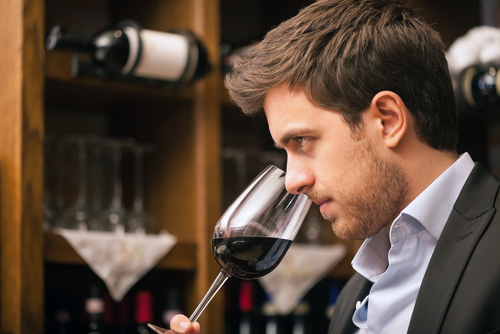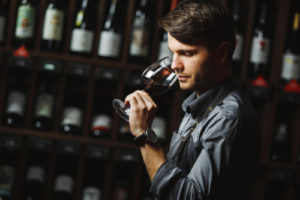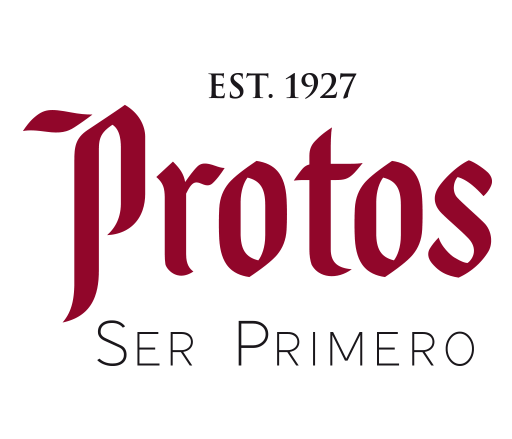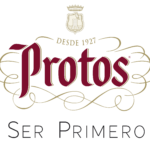
How to be a good wine taster
As any wine aficionado knows, there are some professions that are unique to the wine industry, such as sommelier or oenologist, however there are some that have a wider range of industries, specially food & beverage, that need them, such as a “taster”.
To become a good wine taster, takes time and a lot of practice. Some people take years learning and tasting wines from all over the world to become “The world’s best wine taster” in international competitions.
However, we all can learn the basics from going to wine tastings or learning the basic principles to get the best out of a wine tasting experience. If you have visited our winery, you must have tasted some of our wines, but if you haven’t been able, below we give you a few tips.

Tips to become a good wine taster
Be patient
As with many aspects of our life, patience is one of the most important rules of the game. You must learn to not jump to conclusions on the first sip of wine, as sometimes it needs to air a little bit to “open”, meaning to bring forth all the aromas; this is specially true of older wines that have been in the bottle for quite some time. But it happens in most wines, even the young ones, that’s why it is good to open the bottle, serve yourself a glass of wine, and let yourself taste it slowly, finding all the aromas you can find, tasting with all your mouth, and just enjoy it! then and only then can you really assess the wine.
Follow an order
There are some wineries that have their own tasting steps, but normally it follows a general rule:
First you taste the whites, then the rosés, then reds. And within them, from younger to older. For example in reds, you should start with our Roble and end with the Gran Reserva.
Pay attention to your senses
Someone that seldomly tastes wine, will find it harder to discover some of the aromas, based only in his/her smell or taste, because they are learned through many tastings, and classes with the wheel of smells. That is why patience is very important, and when eating try to pay more attention to your food, therefore teaching your sense of smell to recognize different smells.
The first wine may deceive you
As it sometimes happens with our senses, when having your first sip the first wine, may deceive or confuse you. That is why it is better to go back to it, when you have tasted others when your palate has been more trained and that first wine more “open” (has aired).
Be objective
Although in the world of wine, subjectivity is very present as it has to do with your personal likes and dislikes, it is important to try to be as objective as possible when describing it, and using common words that everybody knows & understands. A good taster knows how to communicate objectively its impressions.
To become a good taster, try as many wines as you can, using the same criteria always. Only then, will you be able to become a great taster.
Phases in a wine tasting
Once you fill 1/3 of the wineglass, at the right temperature; it is important to follow these steps.
- Appearance: the color of the wine can give us an idea of its age. The best way is to raise your glass against a white surface.
- Nose: without swirling, the first smells you notice are primary aromas (those that come from the grape); after swirling the secondary (fermentation) and terciary (ageing) aromas come through.
- Palate: Unlike the previous two phases, analyzing the palate uses three of our senses. In the mouth we really only notice sweetness, saltiness, sourness, bitterness & umami. A good wine should have a good balance between these 5 components. Also, because our sense of smell is so intertwined with our taste, many of what we smell, we consider as flavour (red fruits in red wine, tropical fruits in whites, etc). Another sense deeply intertwined with our palate, is tact and the texture we perceive in our mouth as we sip the wine. This last phase is really the most important as it is the one that will tell you wether or not you enjoyed the wine.
Types of tasting:
Another important thing to take into consideration is that there are different types of tastings:
- Blind tasting: when you don’t have any information about the wine and the bottle is covered.
- Horizontal tasting: you taste different wines from the same vintage, appellation & grape variety but from different wineries.
- Vertical tasting: when you the same wine (appellation, grape variety and winery) from different vintages.
It is important to let you know that there are different types of wine tasters, that you might encounter:
- Expert judge: very experimented with long years of training and wines tasted on their backs.
- Trained taster or panelist: very knowledgable in terms of qualities of wines and gives sensory tastings.
- Semiprofessional: usually have some training but are not as professional or super tasters as the previous ones, can give more simple tastings.
- Consumer: the one you can become following these tips and going to wine tastings frequently.
We hope you enjoy and practice these tips and if you’d like to get to know our wines and winery, click on this link for a visual tour.


